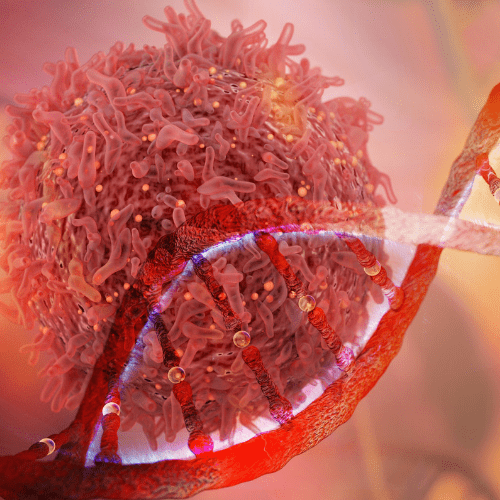World Market for Liquid Biopsies
The Fast Growing Market for Liquid Biopsies
Liquid biopsies are a set of minimally invasive diagnostic methods that analyze tumor-derived materials that can be found circulating in biological fluids, to provide information for the diagnosis, treatment, and monitoring of cancer. While tissue biopsies and imaging techniques remain the current standards of care in the diagnosis of solid tumors, they have risks and limitations and limitations, some of which can be overcome by the use of liquid biopsy in clinical oncology, as an alternative or complementary technique to the current standards of care.
The market is expected surpass $1.5 billion by 2023, according to the latest report from our colleagues at Kalorama Information, World Market for Liquid Biopsy, 2018-2023.
As of 2019, over 40 companies are active in the global market for liquid biopsy diagnostics and monitoring tests. The market for liquid biopsy testing, still in its infancy, is rapidly evolving as vendors develop and commercialize innovative new technologies to meet the needs of the clinical diagnostic market. Demand is also growing swiftly, at a projected CAGR of 27.9% over the next five years, as patients, clinicians, and payors increasingly accept liquid biopsy as an alternative or complementary procedure to traditional tissue biopsies.
Types of Analytes
Commercially available liquid biopsy tests target three main categories of analytes: circulating tumor DNA (ctDNA), circulating tumor cells (CTCs), and exosomes (also called extracellular vesicles). Other analytes that are not a frequently targeted are cell-free RNA species (cfRNA), and proteins.
The most frequently targeted analyte in liquid biopsy is ctDNA, which encompasses small fragments of DNA that are believed to originate from the natural and abnormal necrosis and apoptosis processes undergone by solid tumor cells as well as normal cells during regular cellular turnover. The processes which generate ctDNA are accelerated in tumorigenesis, resulting in a greater abundance of ctDNA in biofluids, such as blood, urine, plasma, and cerebrospinal fluid. However, ctDNA is still found in relatively low concentrations, and has a short half-life in the bloodstream, which makes their isolation and identification challenging. Furthermore, the information that can be derived from ctDNA is limited to genomic sequence. ctDNA cannot provide information about transcription levels, translocations and fusions, or protein expression. The presence of ctDNA may also result from tumor cells killed by therapeutic drugs, and does not capture information about the residual cancer that may not respond to the particular therapy or has become resistant to it.

Exosomes are nanometer-sized extracellular membrane-bound vesicles secreted by cells to the extracellular environment on a continuous basis by most eukaryotic cells as a means of extracellular communication. They are highly stable in biological fluids, and, due to their miniscule size, can escape filtration by the kidneys to be found in urine, and can pass through the blood-brain barrier. Exosomes contain molecular information from their parental cells, by encapsulating proteins and various nucleic acids such as double- and single-stranded DNA, mRNA, miRNA, and other non-coding RNA. This provides many analytical advantages over ctDNA. However, because exosomes are secreted by most cells, it is difficult to efficiently discriminate and isolate them from other types of extracellular vesicles in bodily fluids. Due to the complex composition of biological fluids, the detection and isolation of high purity exosomes is a long process that imposes the use of multiple techniques based on various parameters.
Click here the full Table of Contents for the World Liquid Biopsy Market.
Market Outlook 2018-2023
The overall liquid biopsy market, as well as each of its segments, is fragmented, with multiple competitors offering various products for the diagnosis and monitoring of cancer at its different stages. The main differentiating features for products in this market are: sensitivity, specificity, clinical utility, the type of information provided (targeted genes versus panels), the availability of extensive clinical data, and the type of regulatory approval obtained for the tests. As the development of liquid biopsy commercial products progresses, the performance, clinical validation, price, and time to results are expected to be increasingly important competitive factor. To be able to distinguish themselves in an increasingly competitive market, new products must demonstrate improved performance, especially in terms of sensitivity, specificity, clinical utility, and validation in extensive clinical trials.





